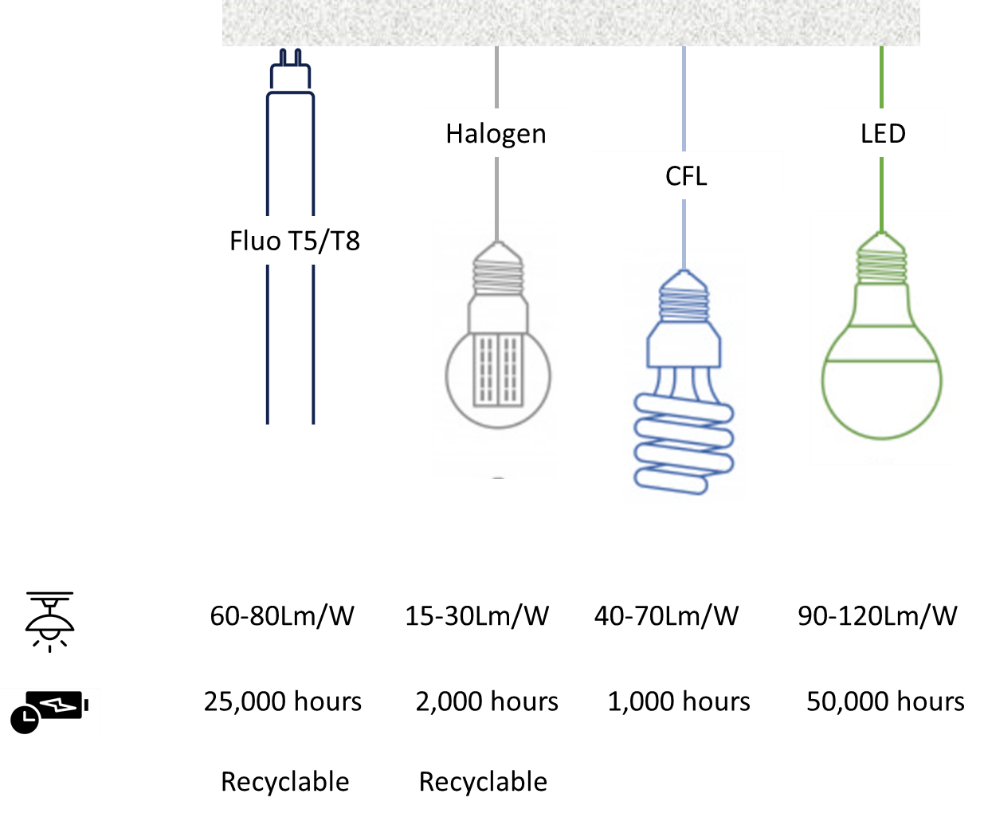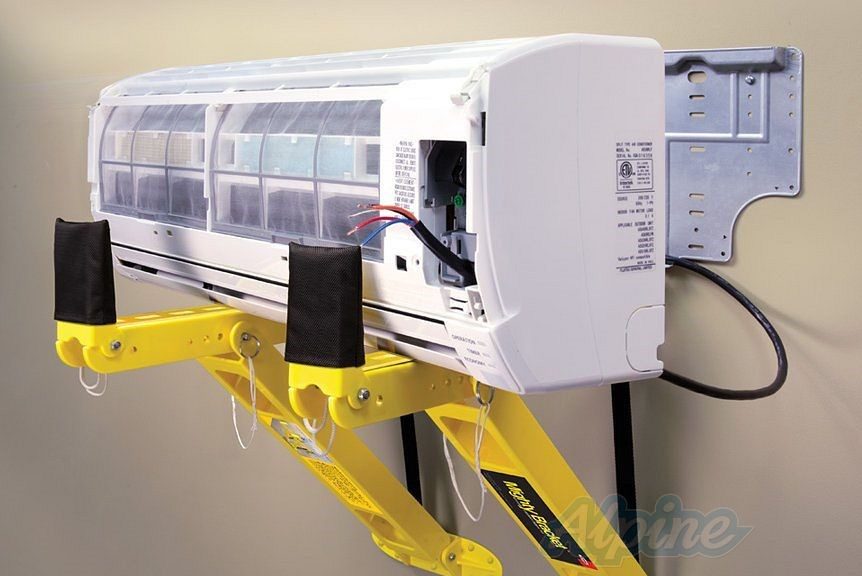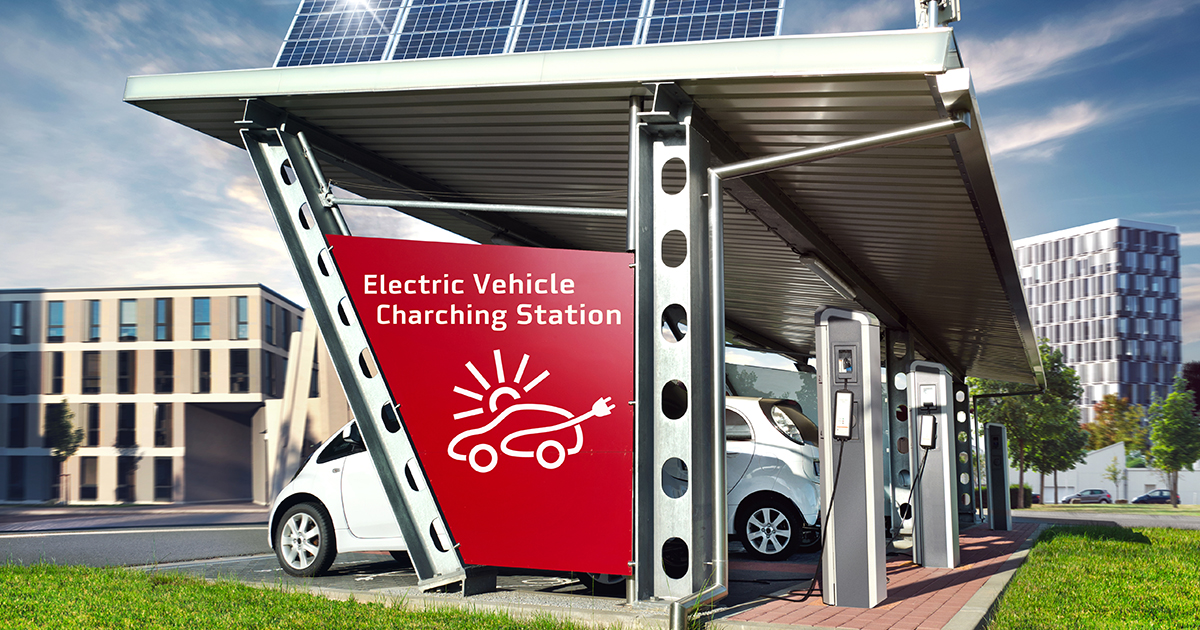
LED lighting upgrades: a growth market
Upgrading lighting installations is one of the most cost-effective ways to optimise energy consumption. It requires no building downtime, and the energy and maintenance savings pay for it in three to five years.
Efficient, economical and ecological, this technology is experiencing a real boom in the lighting market. What are the interests and gains for Building Solutions business units?
Return on investment
1.Energy saving by using less power for the same brightness

2. Energy saving through reduced operating hours using control system

3. Maintenance saving: longer life and manufacturer guarantees of 3 to 5 years. Impact on potential replacement during this period (of both existing equipment and new fixtures).
Relighting or relamping?

A lighting (or relighting) project is of interest to our businesses and customers when it goes beyond simply changing bulbs. It should allow us to perform a complete lighting study. Up to 22% of offices are badly lit, and only 8% have automatic dimming.
A relamping operation is simple, but make sure that the drivers are compatible and the fittings are in good condition.
What is our vision of a relighting project?

How do we calculate our savings?
A lighting project must consider the overall cost over a defined period (3, 5 or 10 years). The average ROI is three to four years, assuming similar brightness levels.

To achieve this ROI, you need to address several issues:
♦ Energy: unless already fitted and not affected by other consumers, installing an energy meter just for lighting is expensive. It is preferable to make a calculation based on the per-unit power of light fixtures, consolidated by regular readings (recorded over a week).
♦ Maintenance: the impact of bulb life on replacement costs is so great that it must be properly monitored. The best solution is probably to sign up with a specialist consultant such as CLEVER Energies, who know the manufacturers and will make a formal commitment on the equipment’s quality and operational life. But this comes at a cost: 10% of the contract.
This calculation does not take ESCs into account (additional gain for the customer).

Third-party finance?
For a risk-free operation with such a low ROI, several third-party financiers are prepared to finance the work in OPEX, with the installed equipment as security: econocom, CORHOFI, etc.

Value of this market?
It’s a large, low-risk market. Above all, it’s a gateway to other services: energy consumption management, BAS/integrated control, digital offers integrated into lighting (LiFi, geolocation, etc.)
Did you like the article ?


